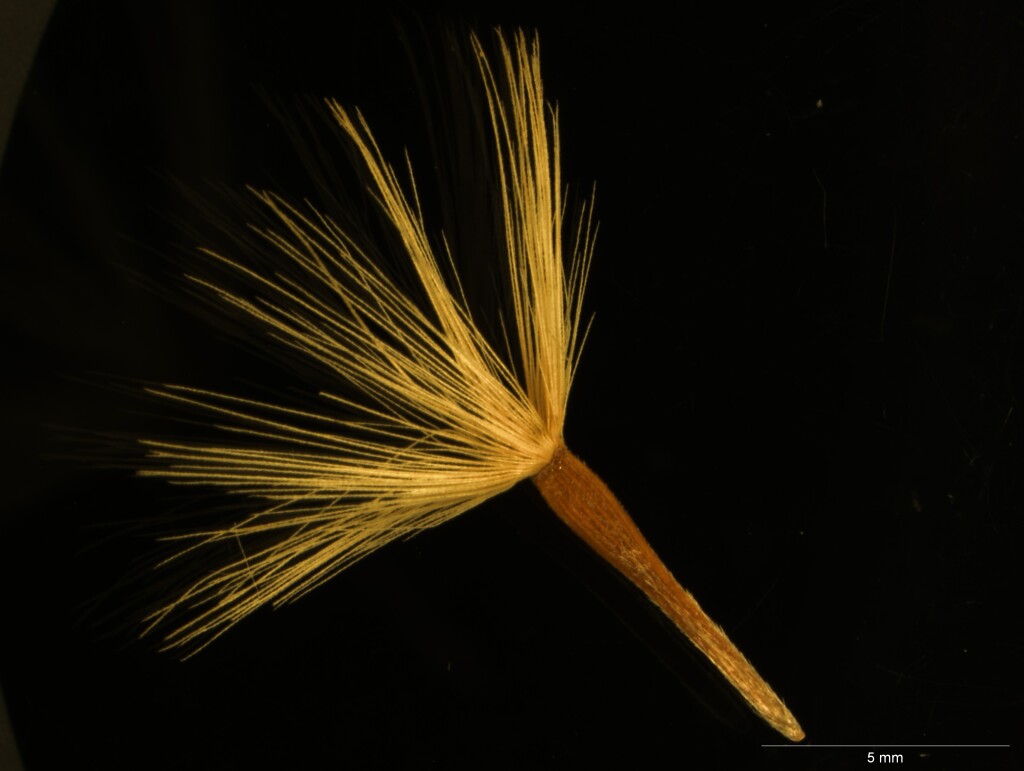Vittadinia cuneata var. cuneata
Leaves normally conduplicate; indumentum of stems and leaves strigose, or sometimes stems with spreading hairs and leaves with strigose hairs. Flowers mostly Oct.–Mar.
LoM, MuM, Wim, VVP, VRiv, RobP, MuF, GipP, OtP, Gold, CVU, GGr, DunT, NIS, EGL, EGU, HSF, HNF, MonT, VAlp. All states except NT. In Victoria widespread through drier forests, grassland and woodlands, mostly north of the Great Dividing Range, but also in rain-shadow areas of the east (e.g. Tubbut, Benambra, Swifts Creek, Heyfield) and near Melbourne (You Yangs, Bacchus Marsh).
Burbidge (1982) recognized 2 forms of this variety, f. cuneata and f. minor, the former comprising more robust plants with vegetative and floral measurements in the upper part of the range of the species, and hairier cypselas that are more abruptly tapered toward the apex. The distinction between the 2 forms is unclear when the entire range of Victorian specimens is examined, and (despite Burbidge's assertion that f. minor is predominantly eastern in distribution) not clearly geographically or ecologically related. See also notes under var. morrisii.
Walsh, N.G. (1999). Vittadinia. In: Walsh, N.G.; Entwisle, T.J., Flora of Victoria Vol. 4, Cornaceae to Asteraceae, pp. 869–877. Inkata Press, Melbourne.
 Spinning
Spinning

